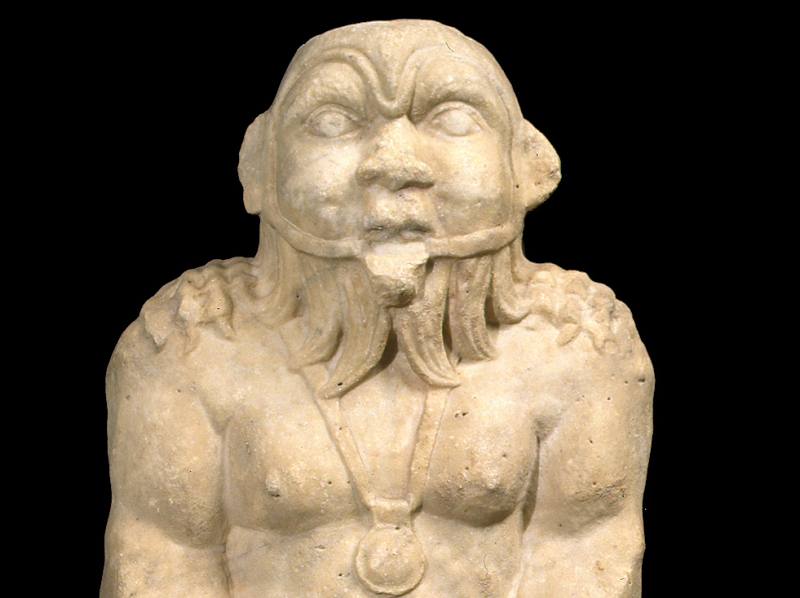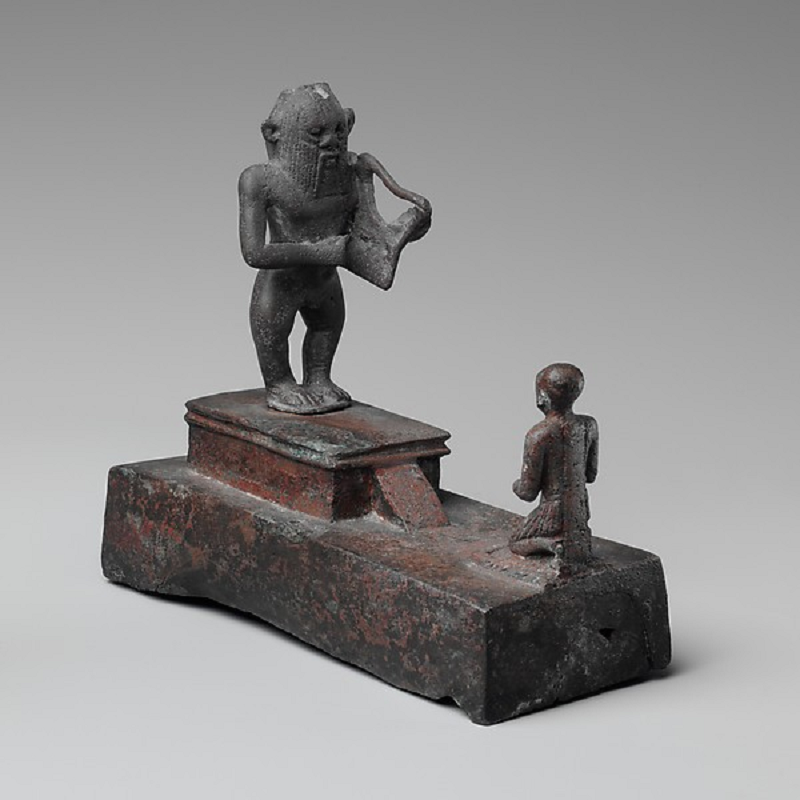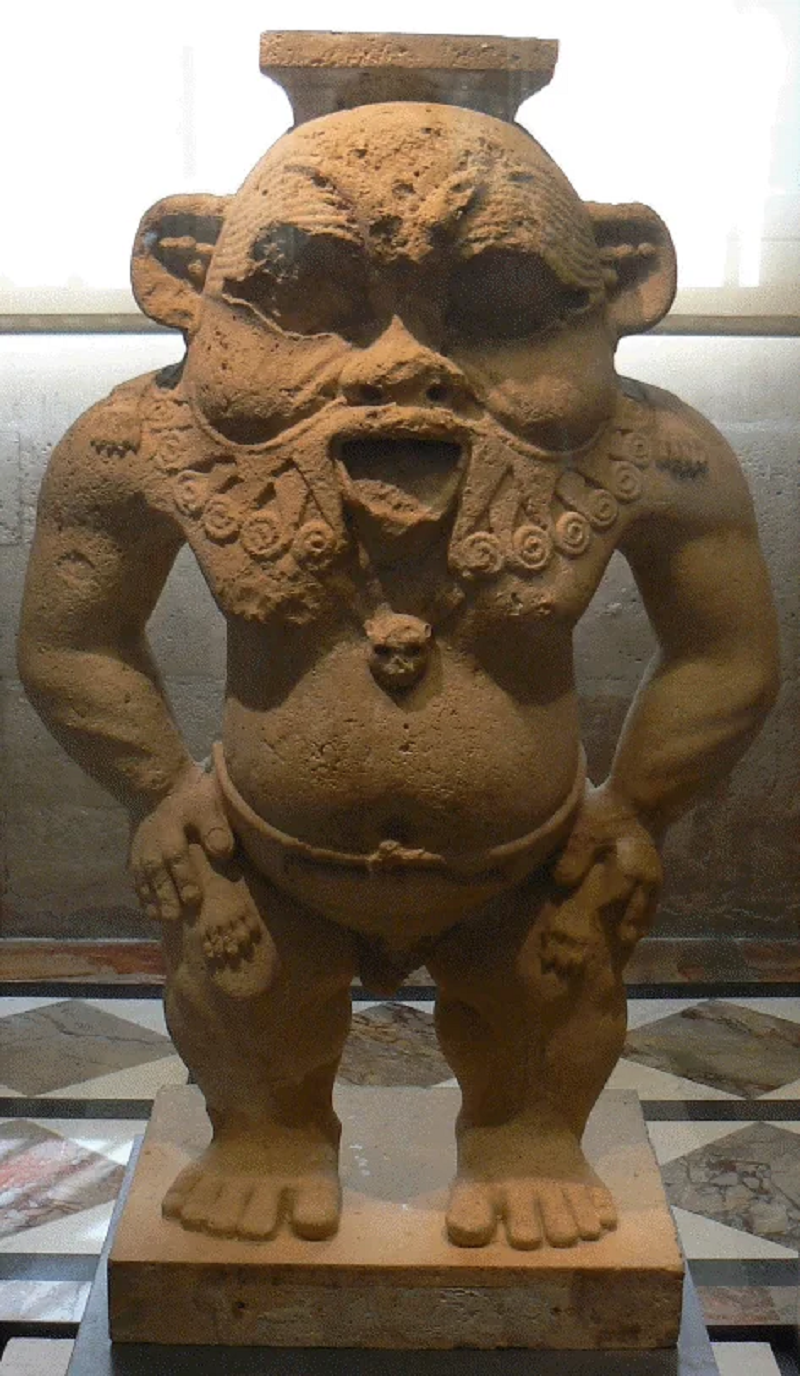In the labyrinthine corridors of history, ancient civilizations often revered deities whose visages sparked curiosity and wonder. Among these divine figures stands Bes, the enigmatic protector of infants and expectant mothers in ancient Egypt. Amidst the annals of time, one artifact stands as a testament to his enduring legacy—the Statue of the god Bes from the Roman Period, a captivating piece housed within the Vatican Museums. Join me on a journey as we unravel the mysteries shrouding this remarkable relic, delving into its intricate details and unraveling the stories it whispers from the sands of time.

A Glimpse into Ancient Egypt’s Guardian
The Statue of the god Bes is a testament to the rich tapestry of beliefs that wove through the ancient Egyptian civilization. Carved from Parian marble, this masterpiece dates back to the 1st-2nd century AD, a period deeply influenced by the Roman Empire’s expansive reach. Standing at a height of 90 cm with dimensions of 39 cm in width and 41 cm in depth, the statue embodies the essence of Bes, a deity revered for his protective role over infants and mothers-to-be.

Decoding the Iconography
What sets Bes apart is his unconventional iconography, a departure from the conventional portrayal of deities in ancient Egypt. The statue presents a stocky figure with bowed legs, a face reminiscent of a mask, and distinctive features such as a snarling mouth, protruding tongue, and large, swollen eyes etched with deep lines. These characteristics, while divergent from the conventional depictions of divine beings, hold profound significance in understanding Bes’s role as a guardian deity.

Symbolism and Significance
As the protector of childbirth and fertility, Bes held a revered status in ancient Egyptian society. His portrayal as a squatting figure, hands resting on his knees, evokes a sense of vigilance and watchfulness—a guardian ever ready to defend those under his care. The fan-shaped beard, low forehead, and short snub nose are emblematic of traditional Egyptian iconography, serving as a bridge between the cultural heritage of Egypt and the influences of the Roman era.

Unraveling the Historical Context
The presence of the Statue of the god Bes in the Vatican Museums speaks volumes about the intricate interplay of cultures during the Roman Period. As Egypt came under Roman dominion, cultural exchanges flourished, giving rise to syncretic forms of artistic expression. Bes, with his origins deeply rooted in Egyptian mythology, transcended boundaries to become a revered figure in the pantheon of Roman deities—a testament to the adaptability and resilience of ancient beliefs in the face of changing times.

Legacy Beyond Borders
Beyond its historical and artistic significance, the Statue of the god Bes serves as a poignant reminder of the universal human longing for protection and guidance in times of vulnerability. Across cultures and epochs, deities akin to Bes have emerged, embodying the collective hopes and fears of humanity. In a world fraught with uncertainty, the enduring presence of such guardians resonates with a timeless truth—that amidst the ebb and flow of civilizations, the quest for divine protection remains a steadfast beacon of solace.
Conclusion
As we conclude our exploration of the Statue of the god Bes, we emerge with a deeper appreciation for the intricate tapestry of beliefs that defined ancient civilizations. Through its stark iconography and profound symbolism, this remarkable artifact offers a glimpse into the spiritual landscape of ancient Egypt during the Roman Period. More than a mere relic of the past, it serves as a testament to the enduring human quest for protection, guidance, and transcendence—a quest that transcends the boundaries of time and culture. In the immortal words of T.S. Eliot, “We shall not cease from exploration, and the end of all our exploring will be to arrive where we started and know the place for the first time.” So let us continue to journey through the corridors of history, seeking wisdom in the relics of bygone eras, and finding solace in the enduring presence of guardians like the god Bes.


